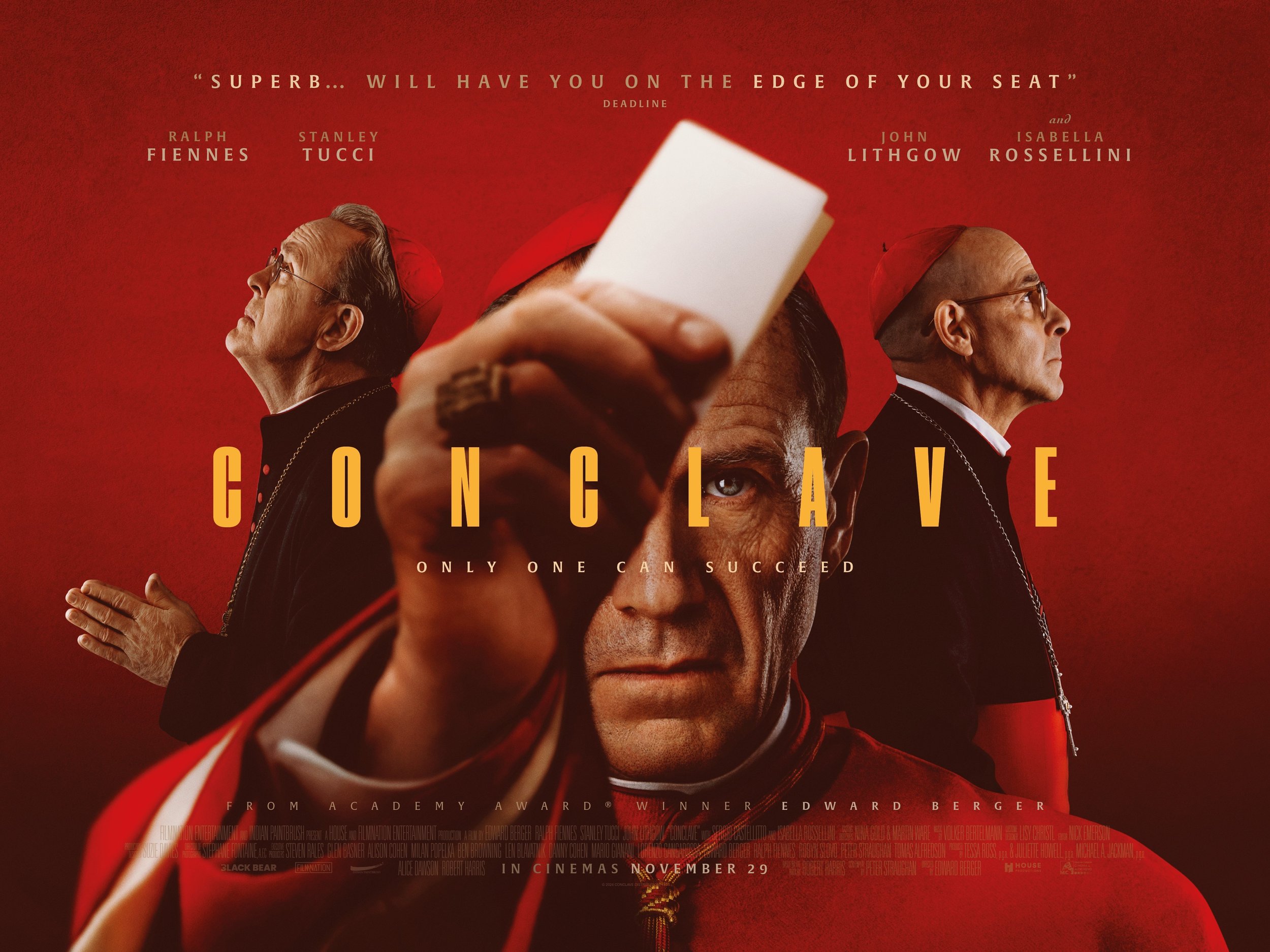Killers of the Flower Moon

Shining a light on a shameful era of American history, and brought to the big screen by legendary director Martin Scorsese bringing both of his ‘muses’ (Leonardo DiCaprio and Robert De Niro) together for the time, Killers of the Flower Moon is a true life tale that brims with righteous indignation.
Premise: Set in 1920’s Oklahoma, this tells the true story of a string of murders of Osage Native Americans following the discovery of oil on their land, told through the eyes of Osage woman Mollie Kyle (Lily Gladstone), WWI veteran Ernest Burkhart (Leonardo DiCaprio) and his uncle William King Hale (Robert De Niro).
Review:
Prior to this film, I was not aware of the series of murders of Osage Native Americans during the 1910s to 1930s that was dubbed ‘the Reign of Terror’. Like the 1921 Tulsa race massacre (that I was not aware of until it was featured in 2019’s Watchmen TV series), these murders – and the systemic racism in America behind them – has been brushed under the carpet until now and glossed over in the studies of Twentieth Century US history. It feels just and right, therefore, that this shameful chapter of America’s backstory is now being dragged into the light.
As a movie, Killers of the Flower Moon is an epic, if slow-burning, character-driven drama that makes the interesting decision to depict the crimes from the perspective of the characters at the centre of the events, rather than (as was originally planned) from the perspective of the law enforcement agents investigating the murders. The film is based on the non-fiction book by David Grann, and when Martin Scorsese was first looking to adapt the book into a movie with Leonardo DiCaprio, the plan was that he would play the agent from the nascent FBI sent to investigate the murders. But in a stroke of genius, the plan changed and the focus shifted from the external perspective of the investigator to the internal perspective of the local residents of Osage County, Oklahoma. And so, what could have felt like a familiar FBI murder investigation movie instead became something very different.
“…not only an ‘important film’, but also a genuinely entertaining movie too…”
Leonardo DiCaprio now plays Ernest Burkhart, a naïve but greedy veteran who returns from the war and visits his uncle, William King Hale (Robert De Niro), for a job and somewhere to live. Hale is a respected community leader and a friend to the local Osage residents, and he helps Burkhart get back on his feet after the war. Burkhart then meets Mollie Kyle (Lily Gladstone), a local Osage woman whose family owns oil headrights, and the two soon begin courting. In due course, Jesse Plemons appears as Thomas Bruce White Sr, the federal investigator role that was originally earmarked for DiCaprio, but which Plemons makes his own.
I don’t want to say too much more than that about the plot, because I knew nothing about the real-life events when I went to see the film, and found the viewing experience all the more gripping because of it. What I will say is, at 3 hours and 25 minutes, Killers of the Flower Moon is a very long film, and because it is a slow-burn, character-driven drama, the pacing can be a bit of an issue at times. While I did enjoy the film (and would certainly recommend it), a part of me can’t help but think that this story may have worked better as a mini-series than a single movie.
“…shines a light on past horrors & holds up a mirror to today’s society…”
Pacing issues aside, Killers of the Flower Moon is not only an ‘important film’, but just as crucially, it’s a genuinely entertaining and gripping movie too. The film is just as much about systemic racism, and how greed and the pursuit of the ‘American dream’ can lead to moral degradation, as it is about these specific crimes, and it not only shines a light on past horrors, but also holds up a mirror to today’s society.







